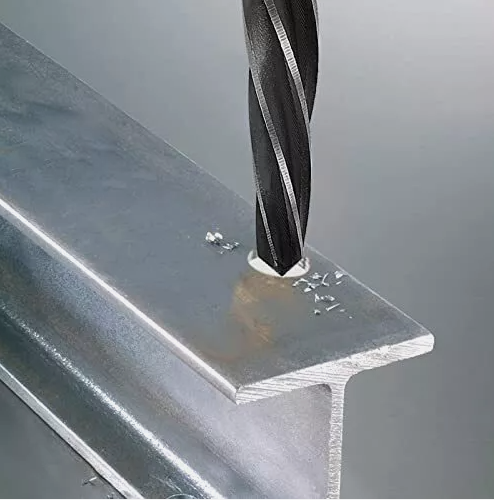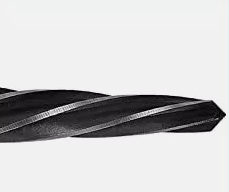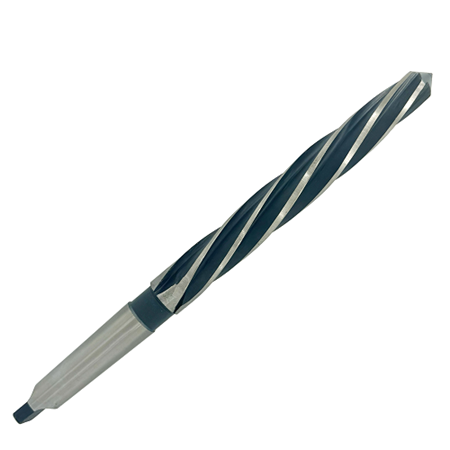Bridge reamers are specialized cutting tools designed for enlarging and aligning holes in structural materials. They are crucial in construction and heavy machinery applications where precise hole alignment is necessary for the integrity and safety of structures.

|
Tapered point helps guide the reamer into misaligned or undersized holes, making it easier to start reaming
|
|
Spiral flutes are used to help remove chips and reduce binding
|

|
Application for H.D. Chasen Company's Bridge Reamers
Bridge reamers are designed to handle a variety of materials, particularly those used in heavy construction and metalworking. The materials reamed with bridge reamers are typically tough and durable, requiring the reamer to be made of high-quality materials to maintain precision and longevity. Here are some of the common materials that are reamed using bridge reamers:
|
Material |
Applicable For Reaming
|
 |
Mild Steel |
 |
 |
Structural Steel |
 |
 |
Construction Steel |
 |
 |
High Strength Steel |
 |
 |
Fine Grain Steel |
 |
 |
Carbon Steel |
 |
 |
Alloy Steel |
 |
 |
Titanium |
 |
 |
Stainless Steel |
 |
 |
Aluminium |
 |
 |
Cast Iron |
 |
Common Questions About Bridge Reamers
What is a bridge reamer used for?
Bridge reamers are used to enlarge, align, and smooth out holes in structural materials like steel. They are commonly employed in construction projects, particularly in the creation of bridges, buildings, and large machinery, where precise hole alignment for bolts and rivets is essential.
How does a bridge reamer differ from a standard reamer?
Bridge reamers typically have a tapered point, which helps guide the tool into misaligned or undersized holes, making them easier to start. They are designed for heavy-duty applications and can handle tougher materials compared to standard reamers, which are often used for more precise and lighter tasks.
You Might Also Like
1/2" Straight Shank Bridge Reamers
.png)
Tapered Shank Bridge Reamers

Bridge Reamer Adapters
